On sections of the Military Road between Freshwater and Ventnor, the racing machines are expected to reach over 200mph on the proposed Isle of Wight road race. This road, first built as a defence network in 1860, has not been without its subsidence and land-slip issues of late, but it has a good black top and seems well maintained under a private-finance initiative. It is, however, far from ruler straight and is in places off-camber, with bumps and undulations and a fearsome narrow brick bridge.
I slip streamed my brother on his similar Honda, crouched over the clocks, listening to the beat and exhaust crackle of the engine singing its heart out at 9500rpm, watching the flickering speedometer needle climb slowly past 40, 42, 45, 48mph – that’s a solid record…

Because that’s the wonderful thing about a Honda Cub, everything happens slower, but feels just as fast. With just 8bhp and 4.9lb ft of torque from its 89.5cc single-cylinder engine, it challenges you to maintain momentum and never, ever touch the tiny drum brakes. Not that you really want to, as the pressed-steel, leading-link front forks means the entire machine rises up under braking, which feels pretty weird.
So, braking into Church Place by the 18th century Wight Mouse pub in Chayle, (which would be the equivalent of the Isle of Man TT course’s Creg Ny Baa pub if this Isle of Wight TT ever gets the go ahead), it’s steady all the way, trailing the rear brake to steady the buffs…
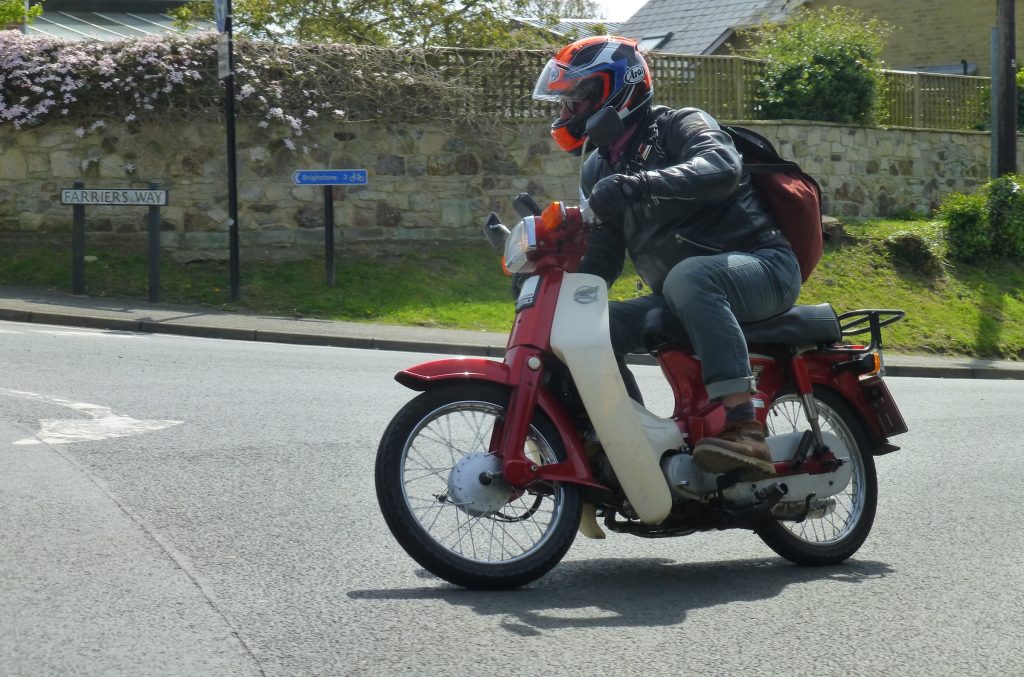
Honda’s humble hero
Celebrating its 64th year in 2022, Honda’s Cub is a rightly lauded machine and with over 100 million produced by 2017, it’s the most popular motor vehicle ever made, eclipsing the 23.5 million Volkswagen Beetles produced, though ironically the layout of the Super Cub’s production line in Suzuka echoed that of the Beetle’s in Wolfsburg, Germany.
“You Meet The Nicest People On A Honda” ran Grey Advertising’s copy for the Cub, in the Sixties. It was cheesy but it worked. Honda placed full-page colour ads in contemporary women’s magazines emphasising the independence the Cub would bring to the modern woman. It helped to turn the little Honda into a phenomenon.
Founder, Soichiro Honda hadn’t liked the idea of the Super Cub much, though he did once confess in an interview that “I don’t have much sense in accounting”. He wanted to go racing big machines on the Isle of Man to establish his credentials, but Takeo Fujisawa, his business partner, recognised the potential of a simple but robust and reliable motor scooter when he toured Europe with the racing-obsessed Soichiro in the Fifties.
And the original requirements for the Super Cub were by turns quaint and wondrous. ‘Make it fit in the hand and easy to operate’ were the watchwords at Honda design and Super Cub more than met the brief. The front suspension was inspired by the Disney film Bambi from the famous fawn’s leg movements when it tries to stop on a frozen lake. The original spec called for at least four horsepower and since Soichiro hated the buzz of the two strokes he’d seen in Europe, it had to be a four-stroke engine. To get that power output they had to put in bigger inlet and exhaust valves, which left no room for the spark plug so NGK had to be persuaded to develop a 10mm plug to suit.
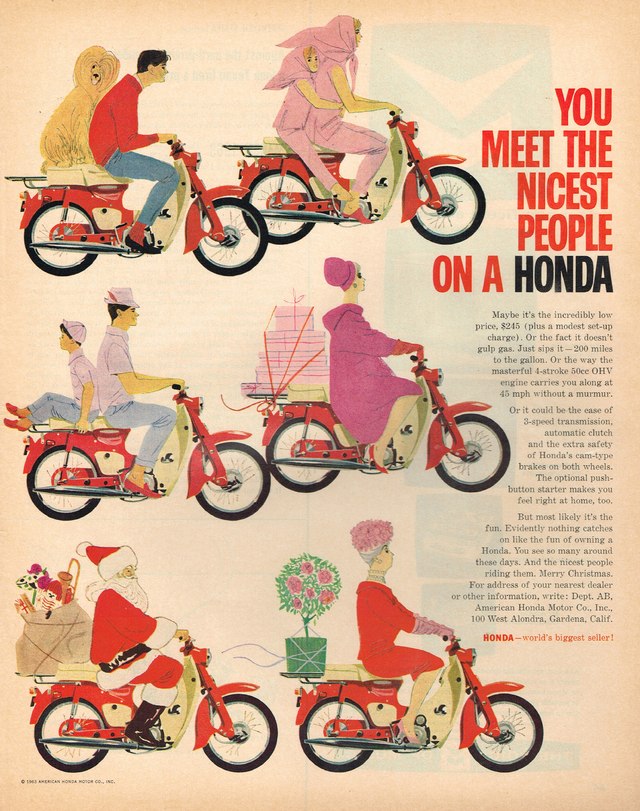
The 17-inch wheels were used because that’s what suited the typical Japanese adult frame of the time. It meant getting tyres was difficult so again, Honda had to persuade a tyre maker to make special batches. The toe-and-heel gear change was developed so that it wouldn’t scuff the toe caps of a Japanese salaryman on his way to work.
The semi-automatic transmission was specially developed to remove the terror of a manual clutch, leg shields were there to keep mud off trousers and the one-handed operation meant that soba-noodle delivery boys could ride and control a Super Cub while carrying a tray of noodles.
The Cub was surprisingly grown up
Not that the Super Cub was in anyway backward looking. In 1958 and painted drab grey it might have resembled an old-fashioned pre-World War Two scooter, but the technology and construction methods that underpinned it were as modern as the hour.
The polyethylene plastic used for the side panels was a first, and the centrally mounted engine and transmission gave reasonable ride and handling compared with the more common scooter practice of placing them on the rear suspension, which adds unsprung weight.
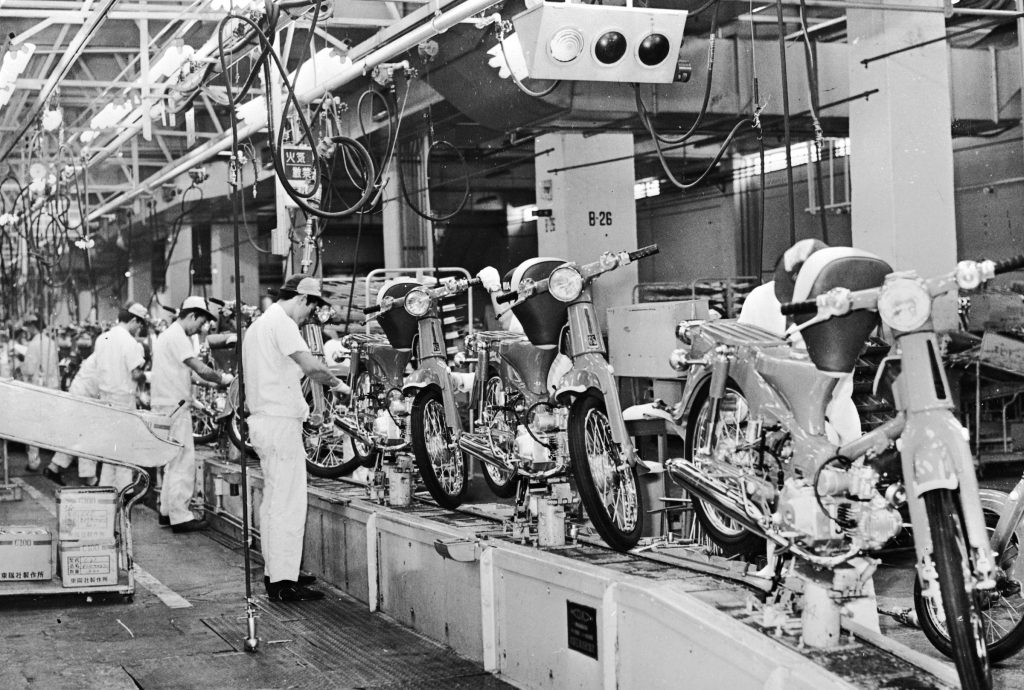
And the pressed-steel unitary frame (called step-thru or ‘underbone’) was strong and quick to build in a modern factory even if it was a bit rust-prone. The original 4.5bhp, 50cc overhead-valve engine was quiet and clean compared with a two stroke, and its low compression made it easy to start and allowed it to run on low-octane fuel.
And the production facility in Suzuka, Japan was simply huge, capable of producing up to 50,000 Cubs a month. When Fujisawa first saw it in the late Fifties he announced, “we will sell 30,000 a year” to a distinctly unimpressed audience, before quickly correcting himself: “we will sell 30,000 a month!”
It was risky but far-sighted, yielding economies of scale that at full capacity, saved up to 18 per cent from the production cost of a Super Cub. Not that there was a great deal of belief in the little Super Cub, even from the Japanese Government which refused Soichiro a $1 million loan to expand into the US. It only grudgingly lent $250,000, of which only half could be taken out of the country in cash.
Honda wasn’t the only motorcycle maker looking for a new customer base at this time, with the British, German and Italian motorcycle industries struggling to survive as, en masse, customers gave up two wheels for four.
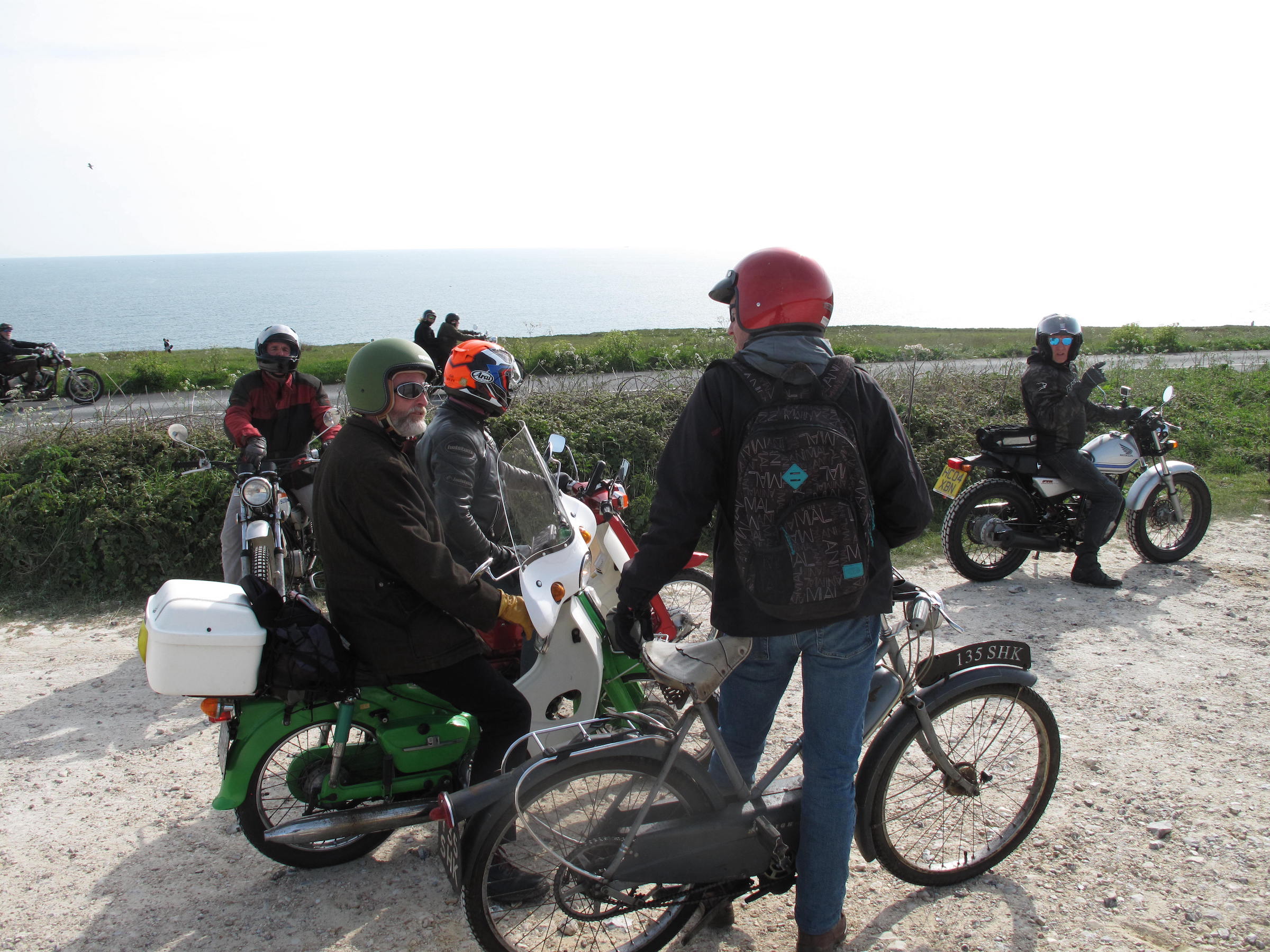
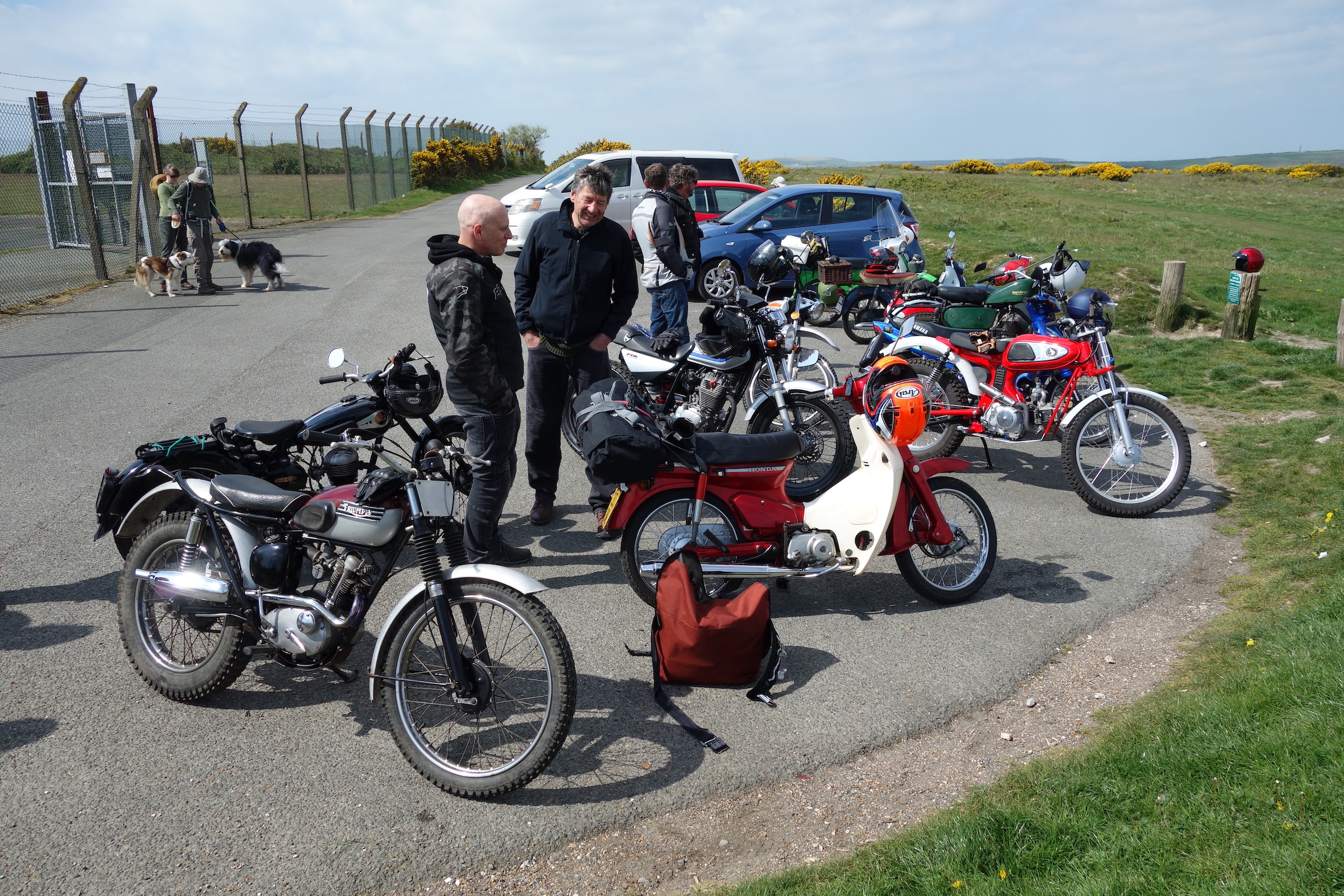
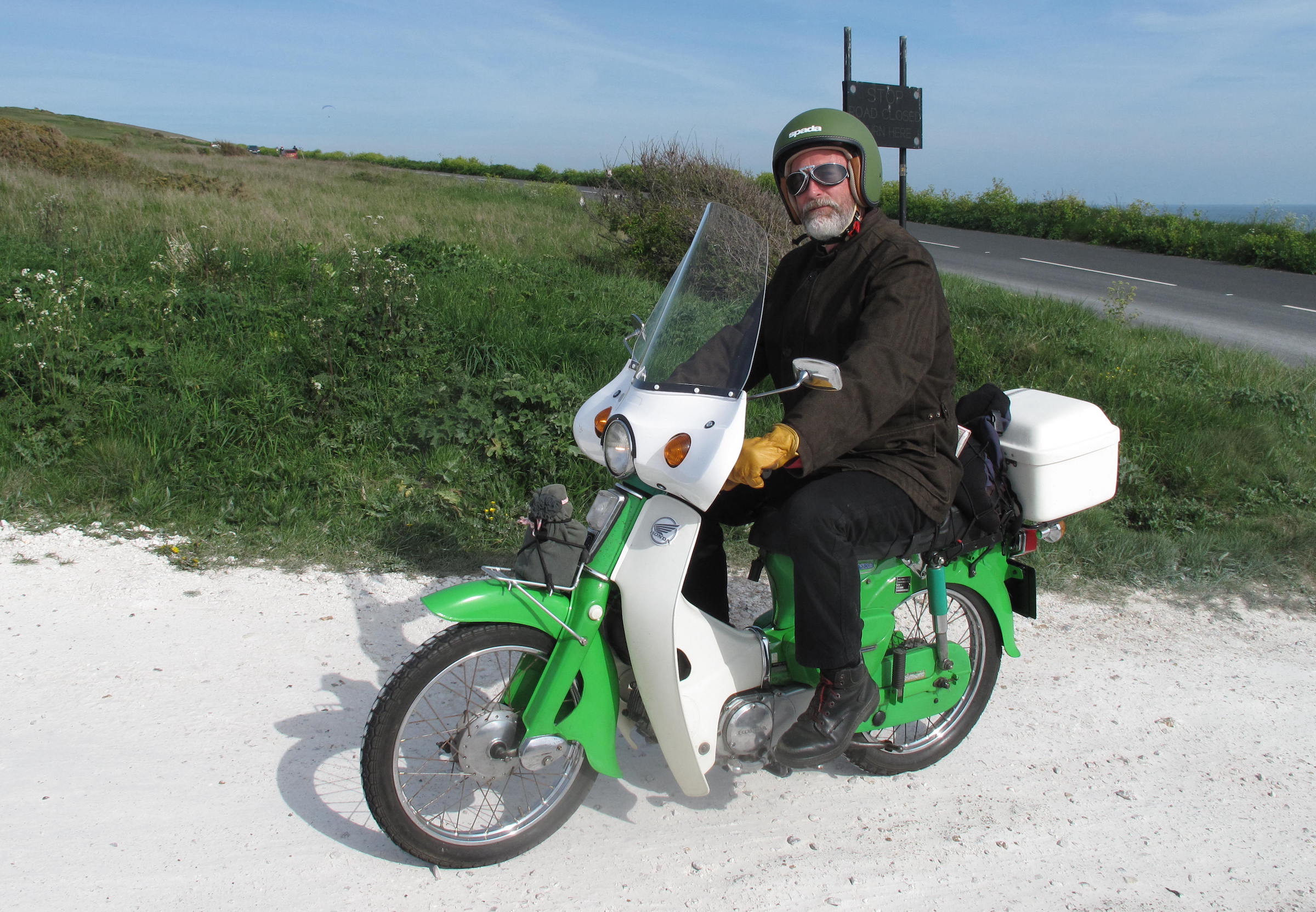
British bike makers dismissed the Cub
Edward Turner chairman of BSA thought that the new generation of small motorcycle owners would eventually graduate into bigger machines so all he had to do was wait until they came knocking – we all know how well that turned out. He also thought Honda had gambled too much with the Super Cub and that the Suzuka plant was too much of a risk.
At the initial launch in 1958 it looked like he might be proved right as the little machine sold slowly. Then customers started to complain of slipping clutches and factory workers toiled through weekends and holidays to fix problems while salesmen visited each customer personally. When it went on sale in the US and the UK it was sold as the Honda 50 and the initial US price was $250.
Slowly, slowly it gained in popularity as customers started to appreciate the Super Cub’s bomb-proof, super-frugal nature. “Ride on out of town, to any place I know you like,” sang The Beach Boys in Little Honda, which just about summed up the appeal – “third gear, hold on tight…”
The rider’s safety manual was a scream: “when a passenger of the foot, hooves in sight,” it read in translation, “tootle the horn trumpet melodiously at first. If he still obstacles your passage, tootel him with vigour and express by word of mouth, warning Hi, Hi.””
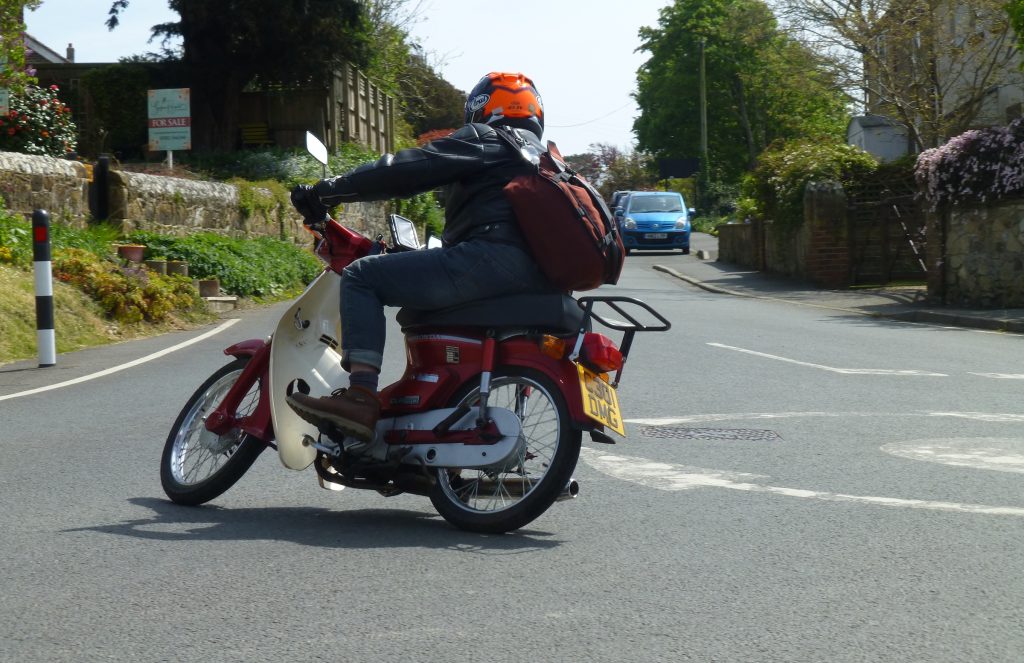
It also warned of the “wandering horse”, “the festive dog that makes sport in the roadway”, and the “lurking skid demon” which can be found on the “grease mud”.
From the early Sixties, production hovered between half a million and a million a year and the C50 begat the C70 and then the C90. Then in the Nineties, licensed production began in China and production soared to a peak estimated at five million a year. Honda’s Super Cub was here to stay…
At its peak in the UK, Honda was selling about 20,000 machines a year in C50, C70 and C90 derivatives. Young and old, students, housewives, pensioners and business women and men all rode Super Cubs; if the Mini was classless transport, the Super Cub was transport for every class.
In the 160 countries that it has been sold in, you’ll find them commuting, gadabouting and carrying entire families, with ladders, bales of straw, pot-bellied pigs, hens and goats on the back. These days they are basic transport, speed-record holders at Bonneville, they pull ploughs and carry paying passengers; a Super Cub doesn’t mind, that’s why it’s super.
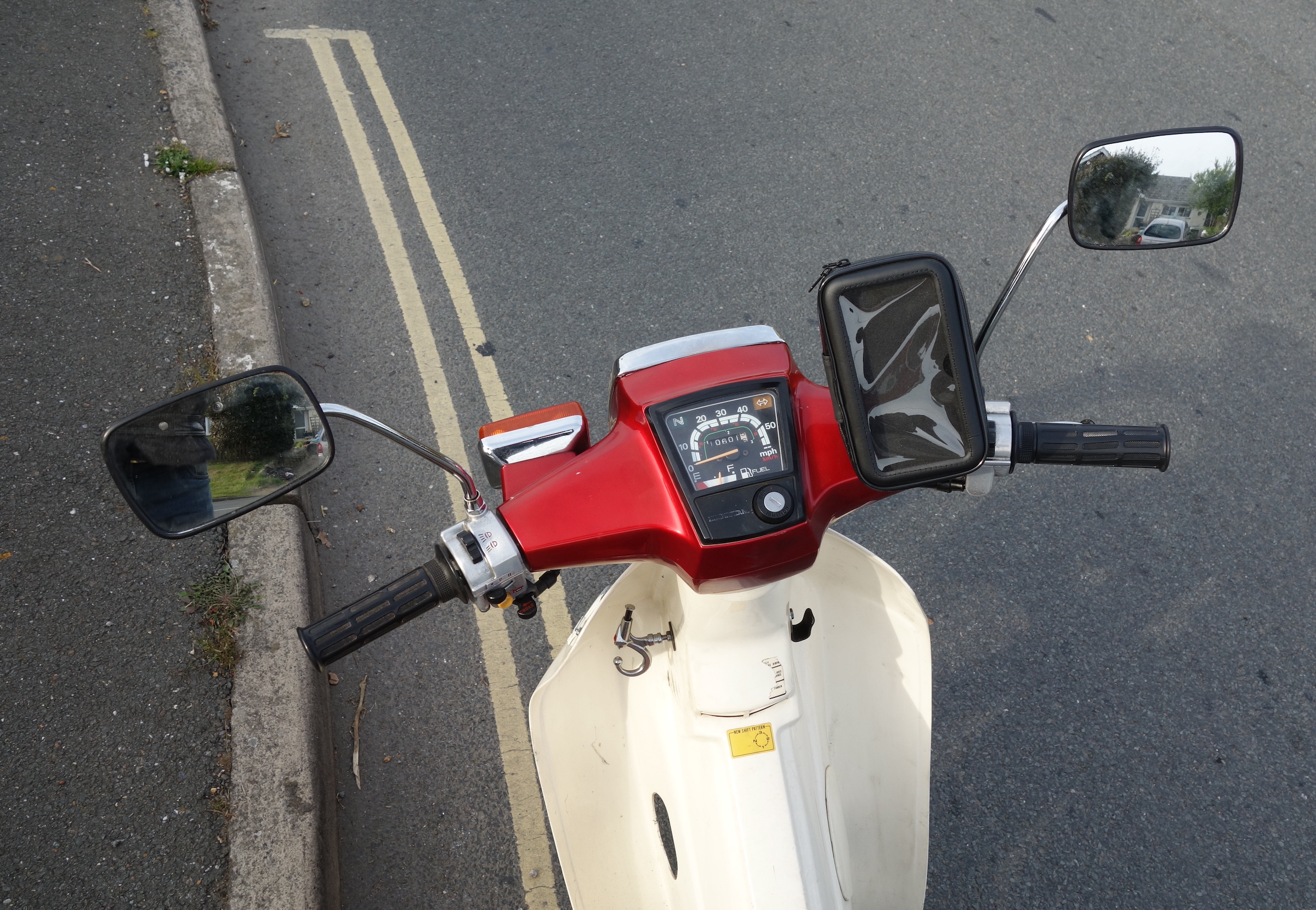
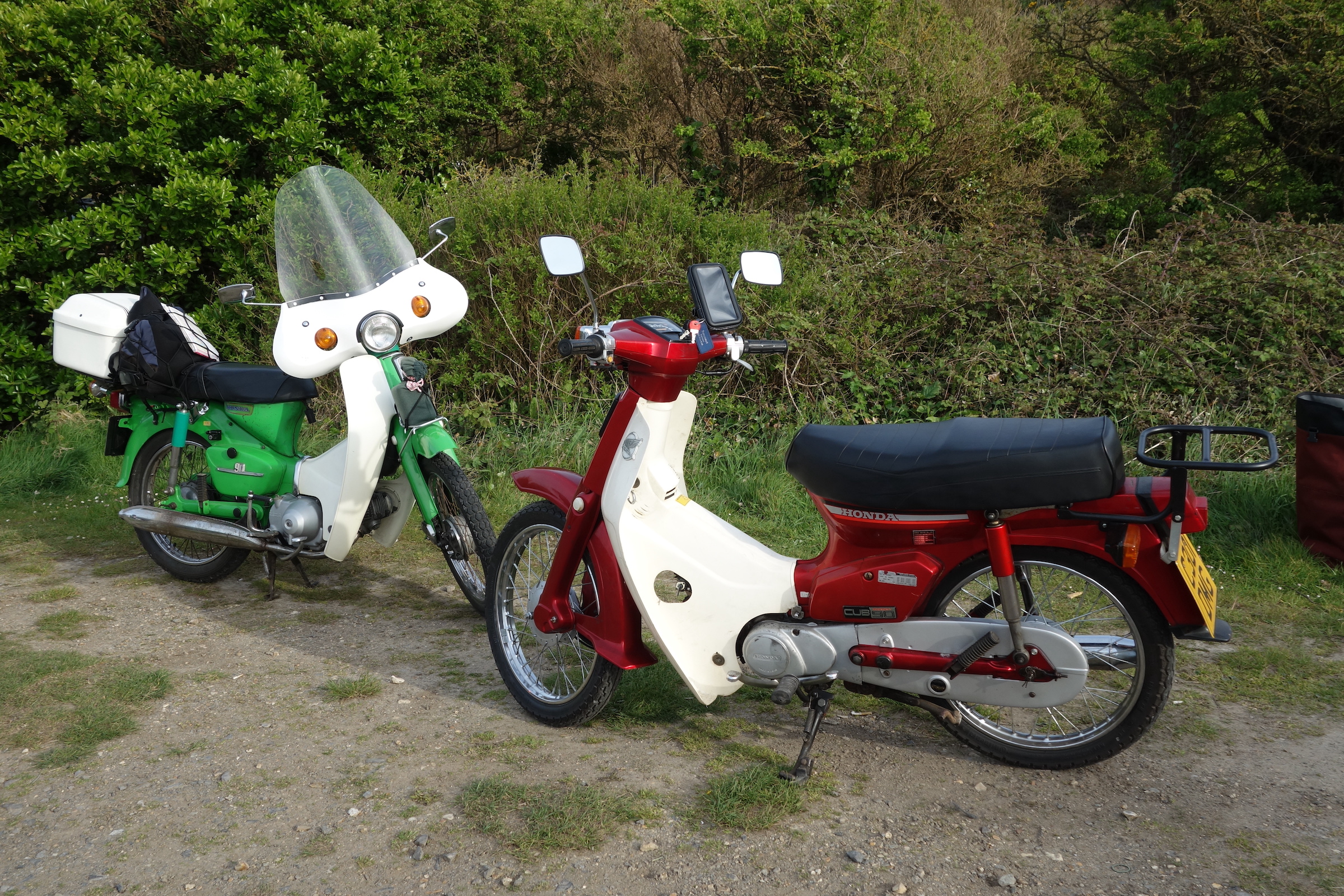
Mine is far from the world’s finest example. It’s a square headlamp 1985 C90 E, fresh from two preparation attempts at the London cabbie’s “Knowledge” test of the capital’s 320 routes and runs, plus all the landmarks, art galleries, museums, clubs and hotels within a six-mile radius of Charing Cross. It’s a fair test of man and machine and has taken its toll of the clutch and suspension of my old machine.
I’ve worked at it, but the gearchange is a bit clunky and the engine, while willing, has seen better days. But change the oil, pump the tyres and grease the chain and it shakes itself down and prepares for another day of service just like they all do. I’ve seen 50mph on a downhill stretch with a following wind, but it’s happiest at 45mph, where it delivers almost 100mpg. In these days of rich folk patronising us with their 100-grand battery SUVs, this noble little Honda is a decent and unflashy way of saving the planet, provided you avoid the ‘skid demons’ of course.
“Piglets and Honda cubs,” said a very old friend the other day. “That’s what the NHS should prescribe for folk feeling a bit low, because nothing cheers you up like them.”
And do you know, he’s absolutely right.
Read more
Ten ’80s motorcycles that crank out fun without costing road tax
Watch a full restoration of Honda’s legendary Trail 70 mini bike in minutes
Classic Commuter Bikes: Do people know what they’re sitting on?


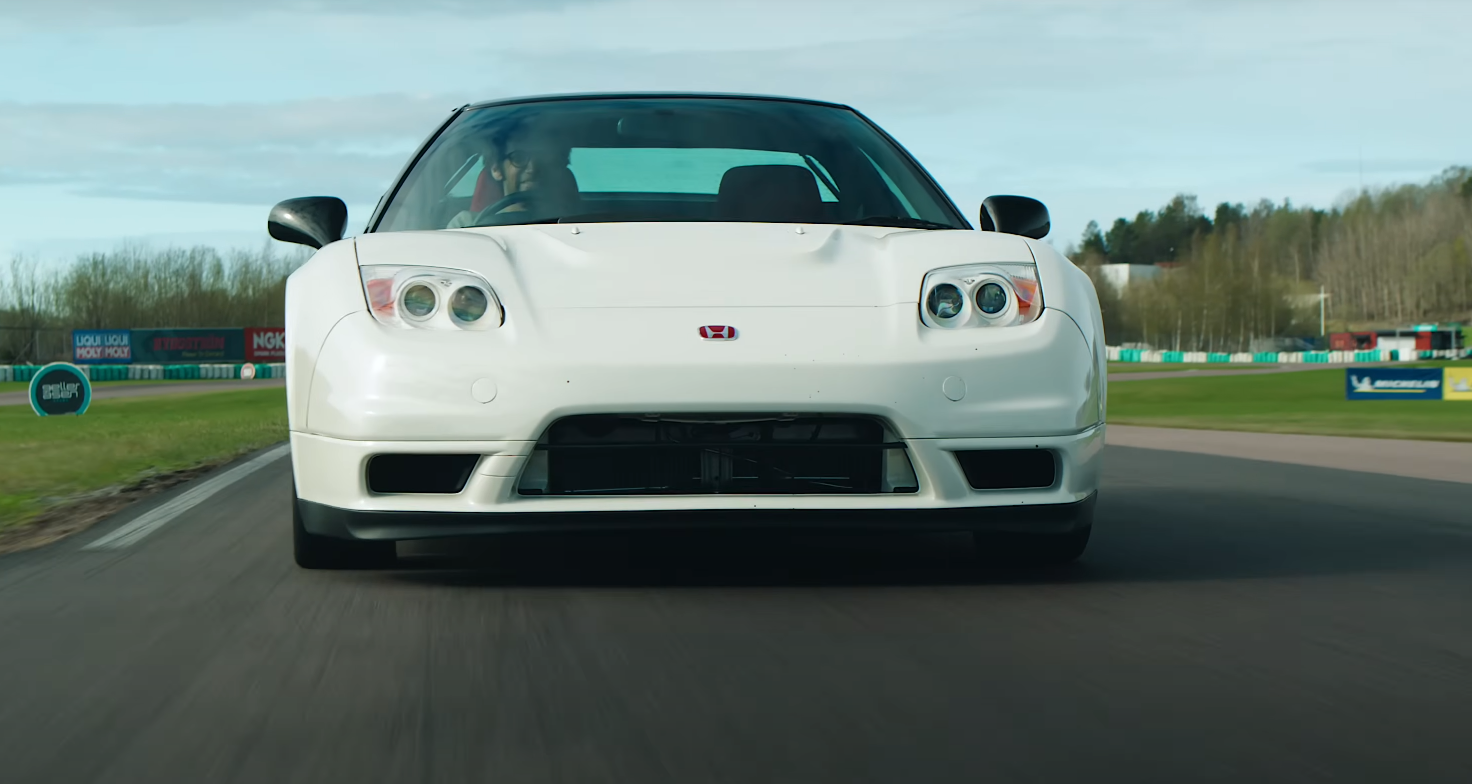
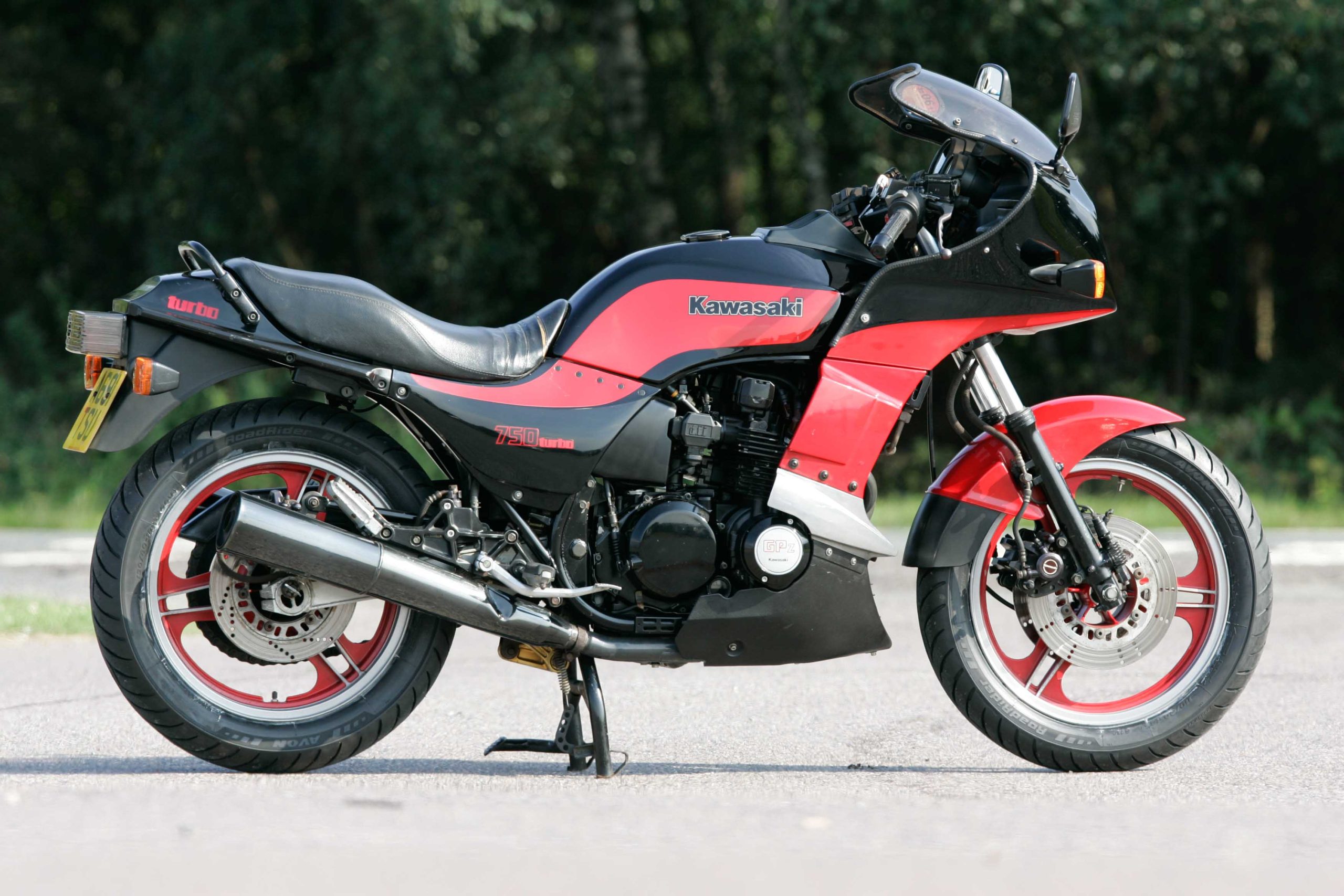






Very nice article. I bought new Honda 50 in 1964 whilst in college in California, but sold it due to my new job. The job didn’t work out, but for commuting I bought another in 1966. I still have it today and it is still fun to ride.
I own a 1969 CM 91 super cub 90..
Fun bike to ride.